The centenary of a brave rescue in stormy seas has been marked by the grandson of the man whose life was saved.
Walter Jones, the captain, was the sole survivor of the SS Miown, which had foundered one-and-a-half miles off Shoreham Harbour.
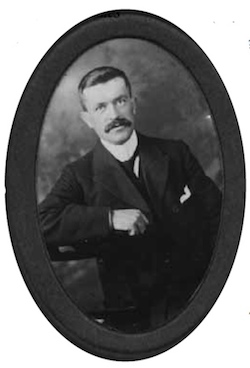
His grand-son, Dr Robert Hugh Jones, who lives in Great Dunmow, Essex, has put on record his gratitude to the three men who put their own lives at risk to save him.
“With all the recent bad weather which has hit our coast recently, I am reminded of the bravery of three men, who, on February 14, 1914, risked their lives by putting out to sea, in one of the worst gales for many years off Shoreham Harbour, to rescue the sole survivor of the SS Miown,” said Dr Jones.
The steam ship crew had been trying to seek shelter, as the hatch covers had been damaged by the power of the gale. Dr Jones added: “The skipper had clung all night to the mast, having tied himself on, and was barely conscious due to exposure.
“The other seven crew men had been washed away and drowned. During the previous night, two other ships were also sunk.”
The Miown, which was carrying a cargo of cement from London to Bristol, was wrecked so quickly, there was no time to send distress signals, but Southwick man John Short had seen the captain’s plight.
With neighbours William Gardiner and Charlie Smart, he battled out through the huge waves in a 15ft rowing boat and, in spite of nearly being swamped, rescued Walter Jones, who had survived six hours of exposure.
Dr Jones said: “When we look at footage of the recent storms, it seems an incredibly brave thing for these three to do. I can find no record of these men ever receiving any decorations for their bravery, as they would possibly today (see postscript).
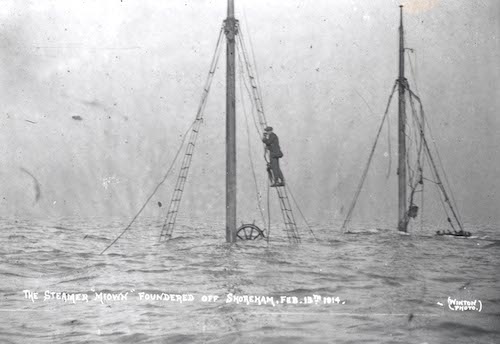
“Two benefit concerts were held for these men and their families. All the local notables subscribed to it. A special song was written about their part in the rescue.
“As it is now 100 years since the tragedy, I personally feel a debt of gratitude, as did my grandfather in his old age when he used to talk about that terrible night.
“So I would like to say thank you, to the descendants of the three heroes, not only on behalf of myself, but also on behalf of Captain Jones’s two children, five grandchildren, ten great-grandchildren and five great-great-grandchildren.”
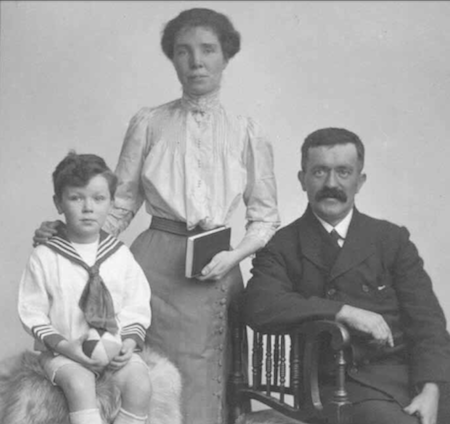
Parliamentary records show the First Lord of the Admiralty was questioned about the arrangements for watching the coast at Shoreham, and whether they were adequate
On February 25, 1914, Dr Macnamara told Parliament the lights of SS Miown were seen by the Coastguard at Southwick between 2am and 3am.
“I understand that at about 3am the green light disappeared and the white light remained burning, from which it was assumed that the vessel had anchored,” he added.
“The weather being hazy, it was not until 7.15am that there was sufficient light to enable the vessel to be distinguished as a wreck. The wreck was also observed at daylight by the crew of Kingston-on-Sea Coastguard Station. No distress or sound signals were made by the vessel.”
He said there were five ratings at Southwick Coastguard Station and six at Kingston-on-Sea, who patrolled once in 24 hours and were on constant watch, day and night.
The wreck of the Miown is popular with divers and has been declared a voluntary marine reserve.
Article by Elaine Hammond
Senior Reporter for the Shoreham Herald
20th February 2014
Postscript:- As it turned out the bravery of at least one of the men in the rescue had been recognised after all. Some time after this article was published we at Shorehambysea.com were given a copy of a certificate awarded to John Short by the RNLI. More recently, Neil De Ville who manages the Facebook group ‘Southwick and a bit of Shoreham’ and postcard collector Alan Humphries have kindly allowed us to use images from their collections that neatly complete the record of the event.

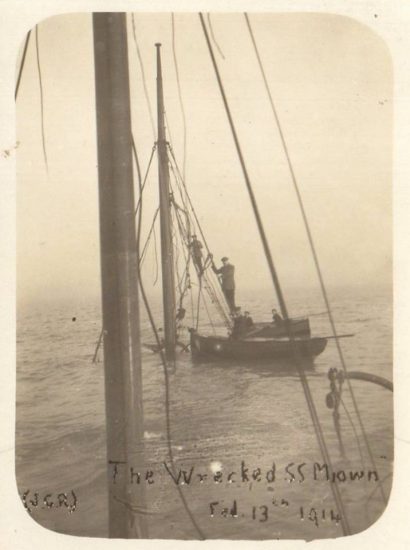
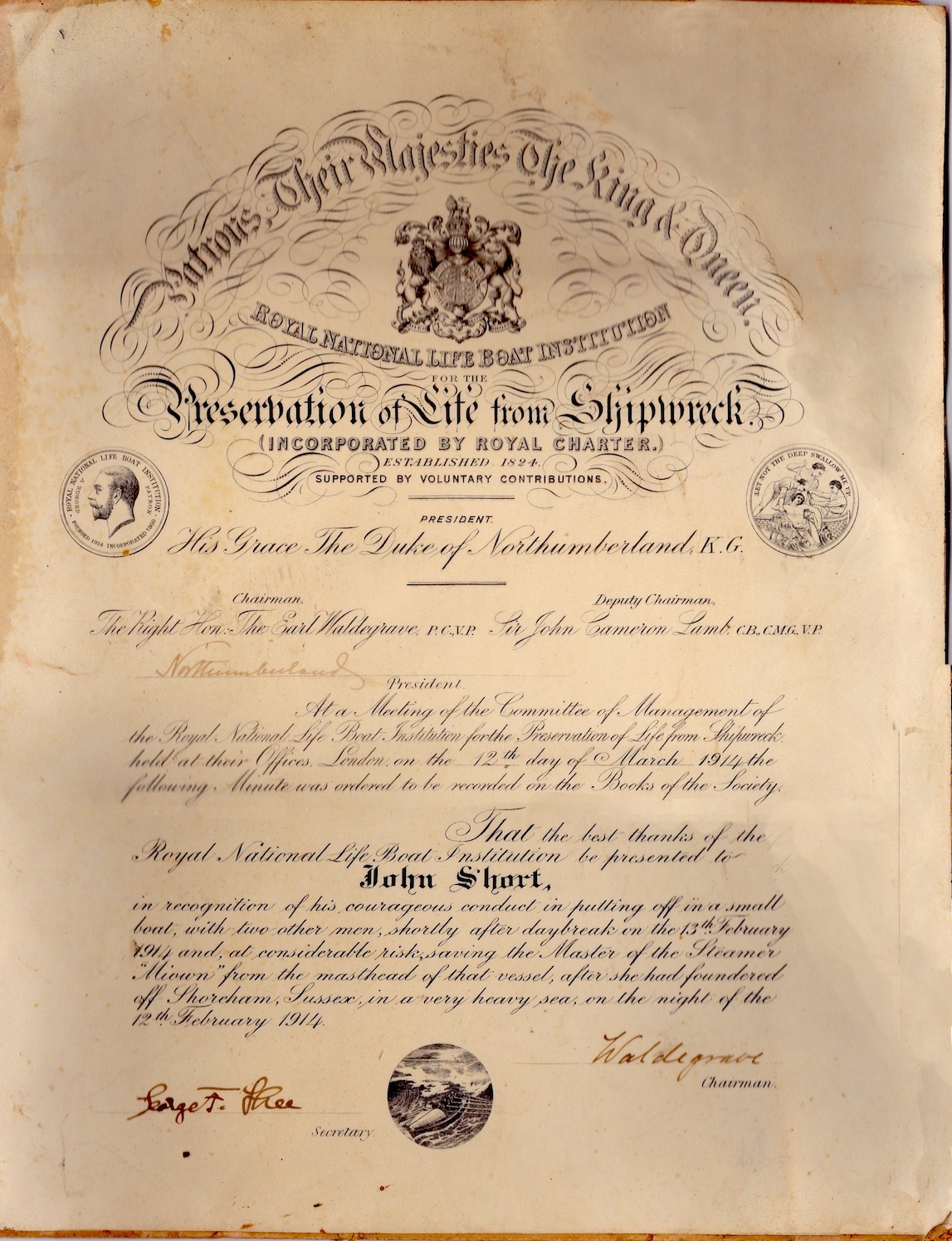
As further confirmation we have also been sent this message from Michael Fox who is working on a book of the history of Shoreham Lifeboat:- ‘Jack Short was the one who spotted the Miown, he contacted Charlie Smart, a 2nd Coxswain on the lifeboat, and with WIlliam Gardiner, the owner of a 15ft rowing boat named Florence, went out to rescue Walter Jones. Smart was Coxswain from 1920 to 1924 when the station was closed until 1929.’

